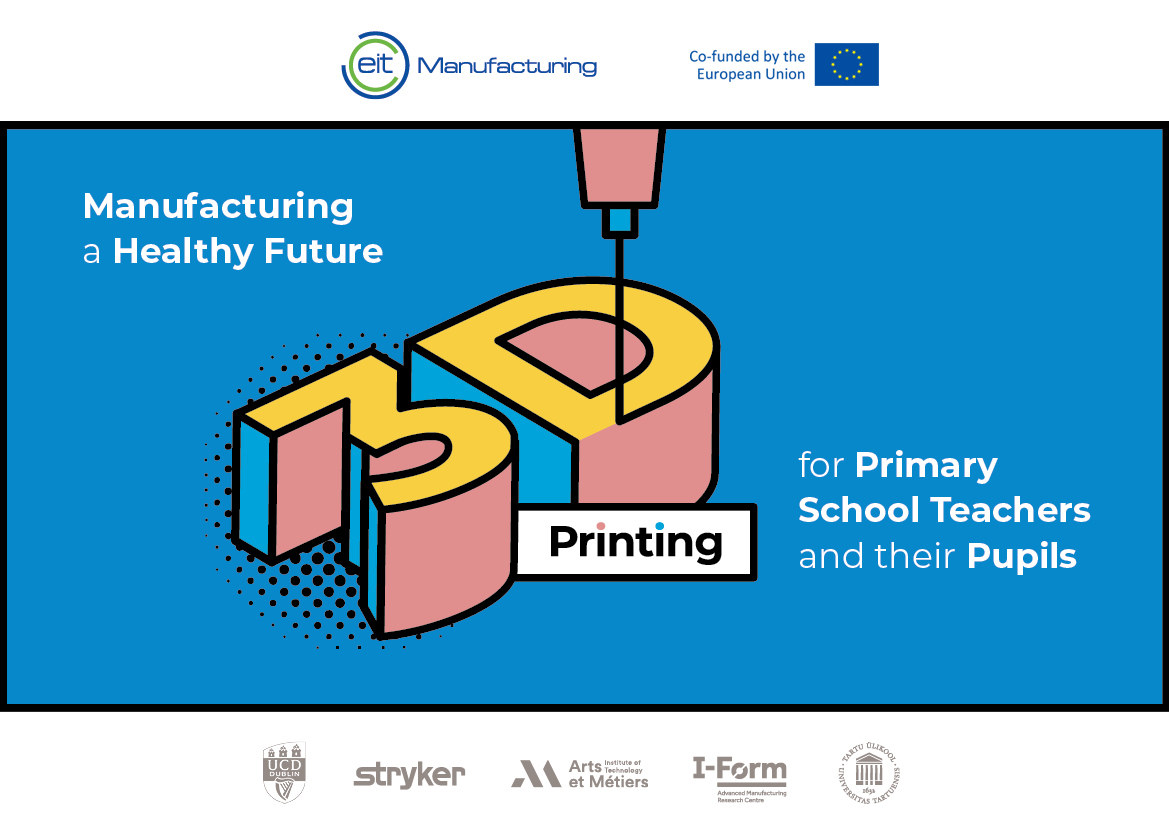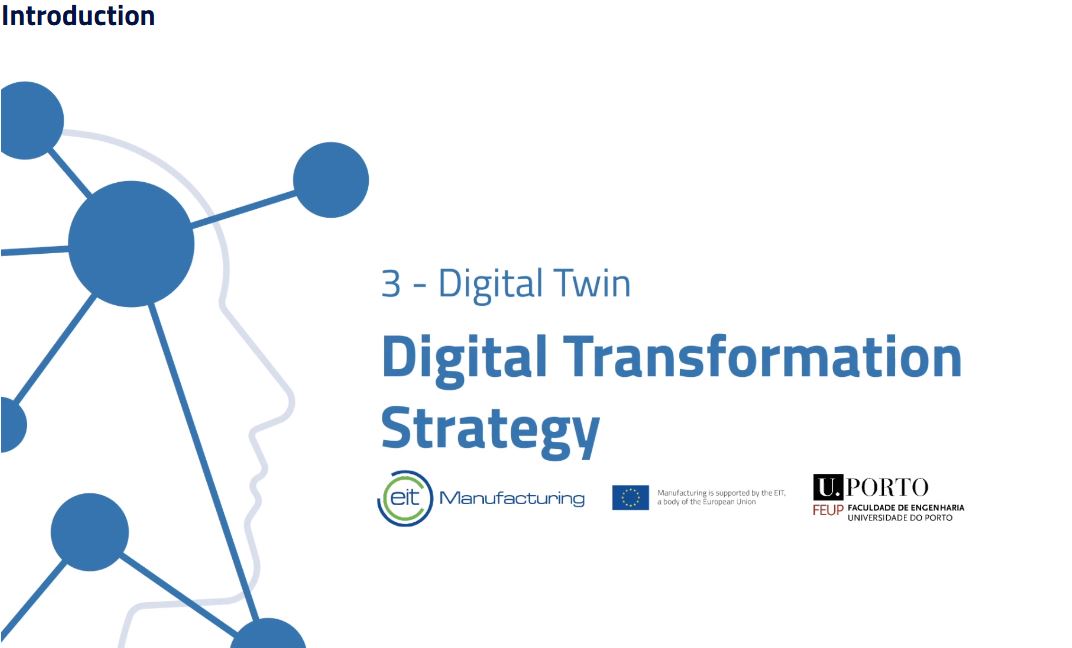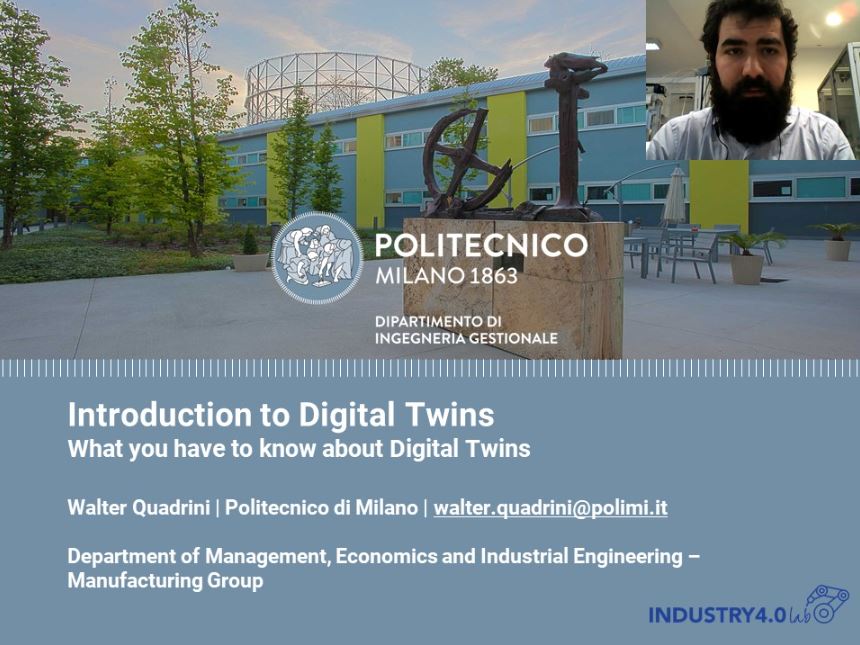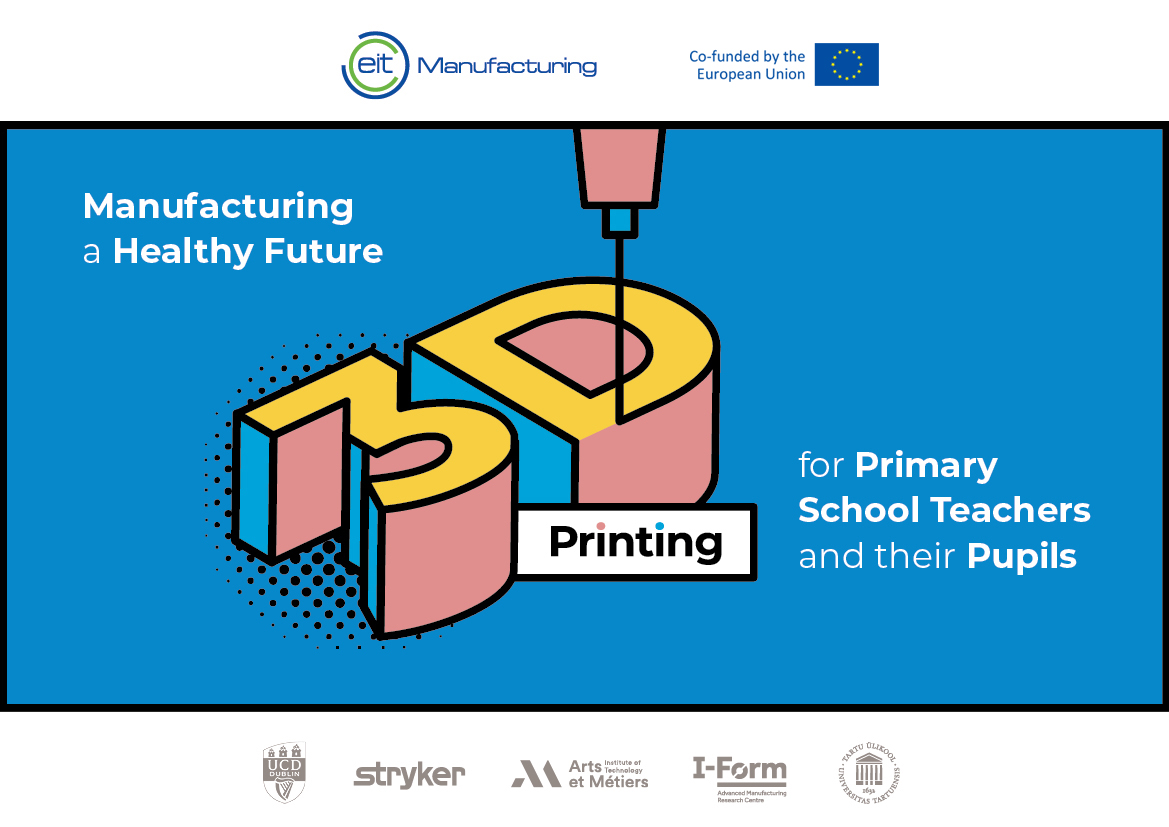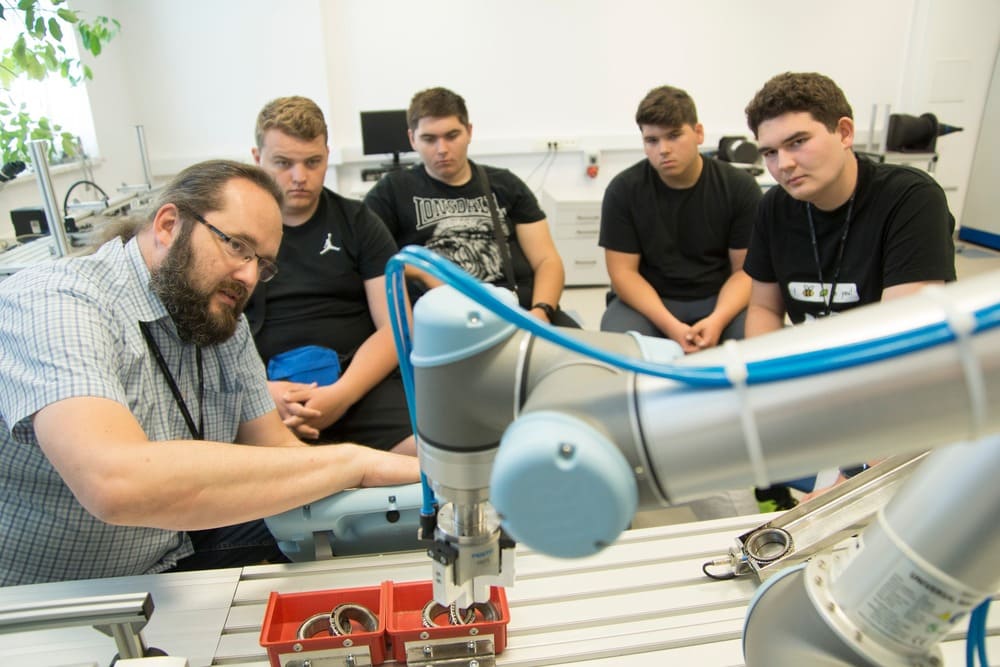Type of course:
Digital learning, Path
Language:
EN
Duration:
1 hour, 30 minutes
Workload:
4 hours
Proficiency:
Beginner
Target:
Professionals, Workers
The learning path “Application of computer-aided process planning“ focuses on the application of computer-aided process planning (CAPP) and its impact on production. Professionals gain insights into the benefits, possibilities, and limitations associated with CAPP.
The path highlights the advantages of using CAPP, such as reduced development and process times, improved quality, and better integration between CAD and CAM systems.
It also explores the challenges and limitations that may arise when implementing CAPP, including the need for skilled process planners and potential restrictions on design freedom.
The path covers various CAPP methods required infrastructure and technologies.
Learning outcomes
- After the completion of the learning pathway, professionals can analyze the benefits of computer-aided process planning in manufacturing and formulates a manufacturing strategy that incorporates its significance. They can identify how computer-aided process planning improves efficiency, accuracy, and consistency in production, leading to reduced lead times and enhanced resource utilization.
- After the completion of the learning pathway, professionals can evaluate the possibilities and limitations of computer-aided process planning and develops an assessment framework to identify potential risks and prevent failure or lengthy processes. They can utilize relevant criteria to assess the status of computer-aided process planning implementation and make informed decisions to mitigate risks and optimize manufacturing processes.
- After the completion of the learning pathway, professionals can independently applies various methods encompassed within computer-aided process planning to address manufacturing requirements. They can autonomously select and utilize appropriate methods, such as feature-based process planning, variant process planning, or generative process planning, to respond efficiently to manufacturing prompts. Moreover, they can utilize available resources and tools to execute manufacturing processes more effectively.
LessonInfrastructure and technologies for computer-aided process planning: Description of Infrastructure and technologies required for implementation
Course Content
LessonMethods for computer-aided process planning
Course Content
LessonInputs and outputs of computer-aided process planning: Explore which data are needed and which data are generated
Course Content
LessonPossibilities and limits of computer-aided process planning: Explore further the possibilities and expanding limits of CAPP
Course Content
LessonAI techniques in computer-aided process planning
Course Content
LessonAssessment of learning path: Application of computer-aided process planning
Course Content
Topics
Advanced Manufacturing, Digital Transformation, CNC Machining, Artificial Intelligence (AI), Data mining



